OneDrive FAQ
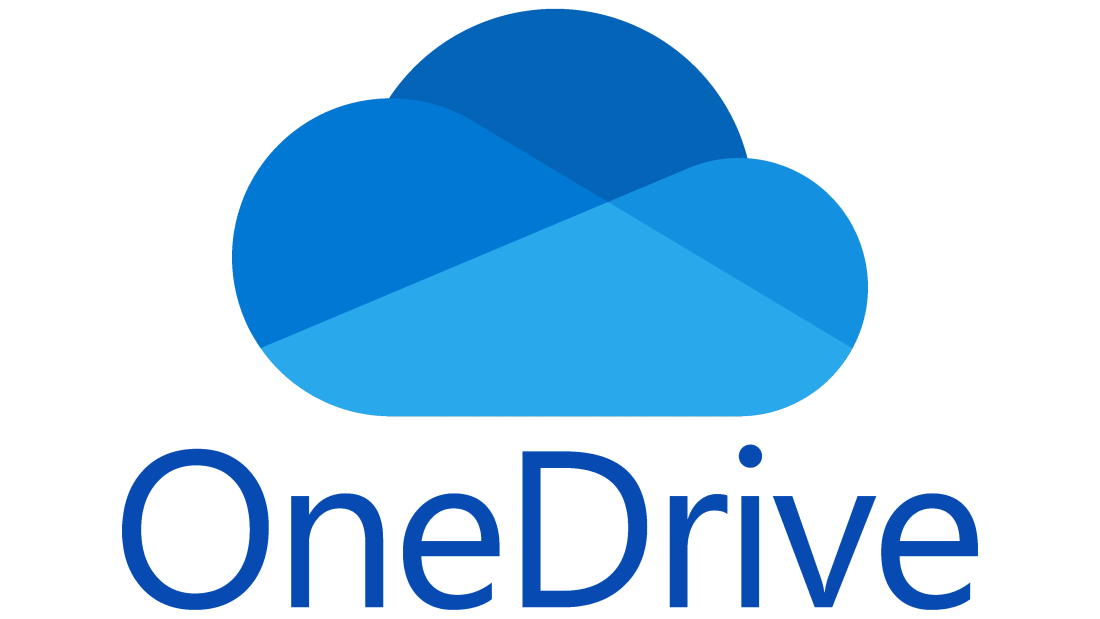
OneDrive Made Easy: A Guide for Faculty and Staff
ELAC is switching to OneDrive, a Microsoft tool that stores your files online so you can access them from anywhere, work, home, or on the go. It’s like a digital filing cabinet, safer and more flexible than the old “Q:” drive. This quick guide makes OneDrive simple with easy-to-follow steps. However, if you have never used OneDrive and need an introduction or help from the very beginning, please refer to the first two video links at the end of this guide, under additional resources. Note: If you are concerned with accessing your files during the learning process you may want to back them up on your own external storage or cloud.
What is OneDrive?
OneDrive is cloud storage that:
- Saves files online for access on your computer, phone, or tablet.
- Automatically backs up files to keep them safe.
- Lets you share files securely with colleagues or students.
- Works anywhere with an internet connection, unlike the “Q:” drive.
Why Use OneDrive?
OneDrive makes work easier by:
- Backing up files automatically, so they’re safe if your device fails.
- Letting you access files from any device with your college login.
- Saving space by storing files online.
- Simplifying secure file sharing.
Note: OneDrive has a storage limit. Check your limit in OneDrive settings. For private files, store them on your computer, but back them up manually (e.g., to a USB drive).
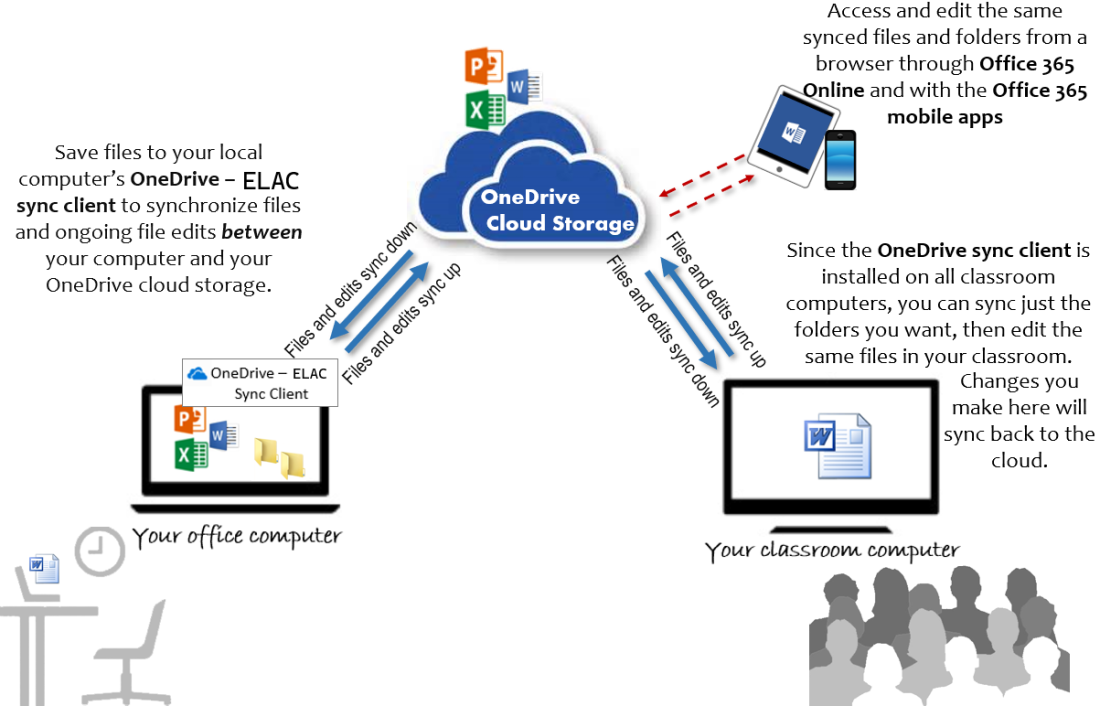
How to Start Using OneDrive
- Open OneDrive
Option A: Find the OneDrive Icon in the System Tray:
Look in the bottom right corner (near the clock) for a blue cloud icon. Click the upward arrow if it’s hidden.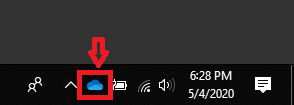
OR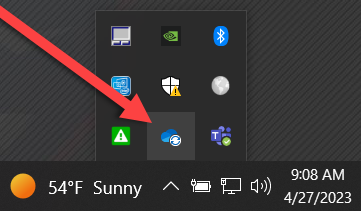
If you see the cloud, click it to open your OneDrive folder.
Gray Cloud icon with a line through it? OneDrive setup is not completed, or you are not logged in.
No cloud? Contact campus IT to install OneDrive (@email).
Option B: Open OneDrive in File Explorer:
Click the yellow folder icon on your taskbar to open File Explorer.
On the left, find the blue cloud labeled “[Your Name] - Los Angeles Community College District.” Click it to see your OneDrive files (e.g., Documents). - Sign In (If Asked):
Use your college email (e.g., username@laccd.edu) and password. Choose “Work or School” account if prompted.
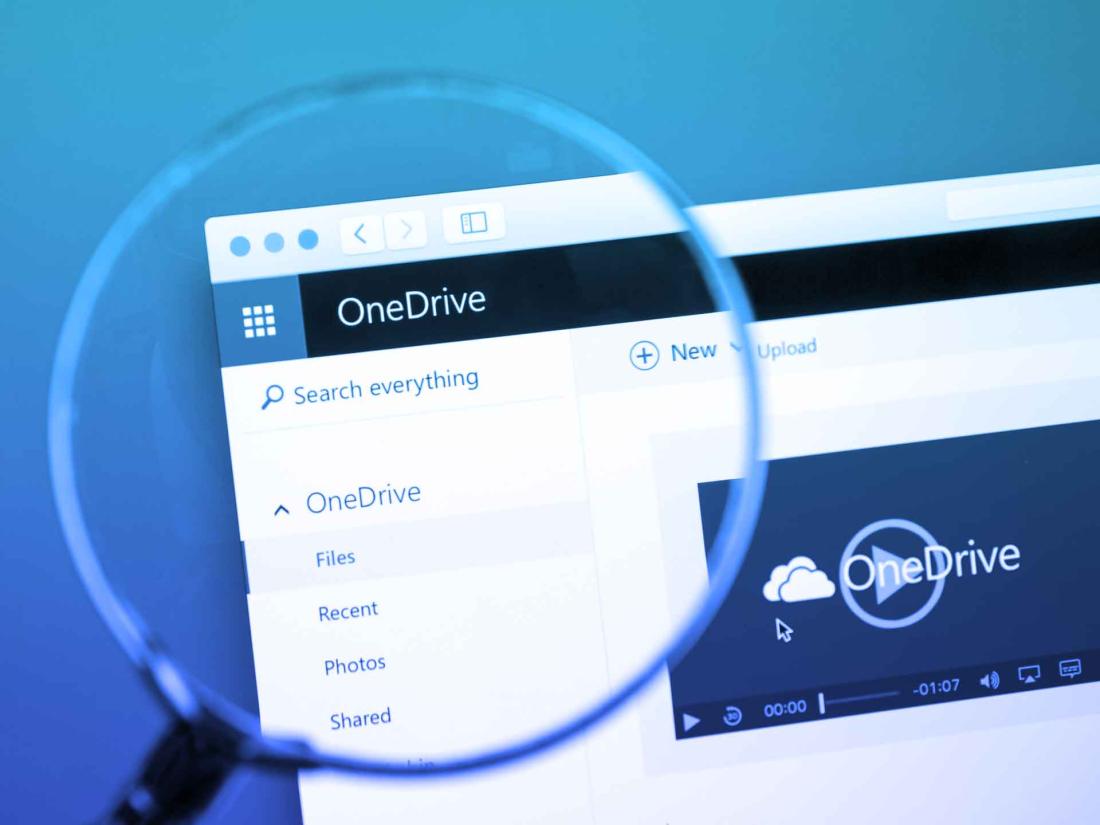
Where Are My Files?
Files might be in:
- OneDrive: Synced online, backed up, and accessible anywhere. Check the OneDrive folder in File Explorer.
- Your Computer: Files not synced are only on your computer, under “This PC” > “C:” > “Users” > [Your Name].
To Check Synced Folders: - Right-click the OneDrive cloud icon (bottom right).
- Select “Settings” > “Account” to see which folders (e.g., Documents) are syncing to OneDrive.
- Tip: Save new files to OneDrive folders (e.g., OneDrive – Documents) for backup and access everywhere.
How to Save Files to OneDrive
- Open File Explorer and click the OneDrive folder (blue cloud icon).
- Choose or create a folder (e.g., Documents or a project folder).
- Save your work there:
In Word or Excel, go to “File” > “Save As” > select your OneDrive folder. - Files sync to OneDrive and are available on other devices.
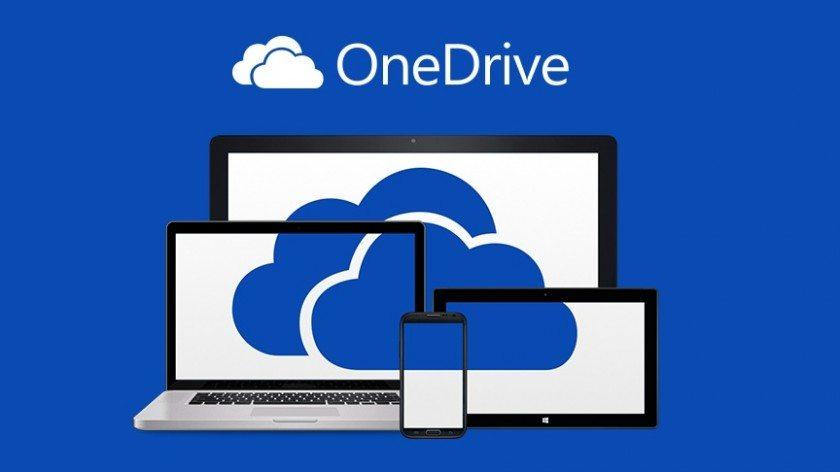
How to Keep Files on Your Computer Only
To stop OneDrive syncing:
- Right-click the OneDrive cloud icon (bottom right).
- Go to “Settings” > “Account” > “Choose folders.”
- Uncheck folders (e.g., Documents) you want to keep on your computer only.
- Files stay on your computer and won’t sync to OneDrive. Back them up manually (e.g., to a USB drive).
To Save Files Locally:
- In File Explorer, go to “This PC” > “C:” > “Users” > [Your Name].
- Save files in local folders like Documents or Desktop.
To Delete Files from OneDrive but Keep Locally:
- In File Explorer, drag the file from OneDrive to a local folder (e.g., “This PC” > “Documents”).
- Delete the file from OneDrive. It stays in the local folder.
For more info, see: How Do I Store Files on My Computer and Not OneDrive? – Video 15:58
https://www.youtube.com/watch?v=q_JmtT_4l3c
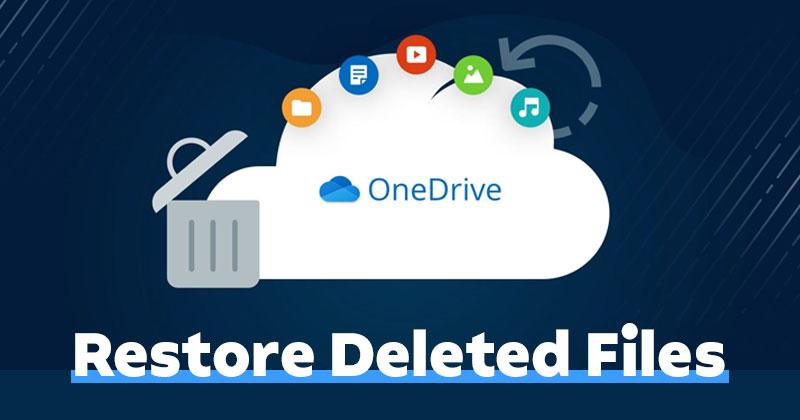
How to Recover Deleted Files
Deleted OneDrive files go to the OneDrive Recycle Bin for 30 days:
- Click the OneDrive cloud icon (bottom right) to open the OneDrive panel.
- Select “Recycle Bin” to open the OneDrive website in your browser.
- Find the file, click the circle next to it, and select “Restore.”
- The file returns to its original OneDrive folder (e.g., Documents).
- Check File Explorer > OneDrive to confirm. Wait a few minutes if it’s not there, or check your internet.
For more info see: Restore deleted files or folders in OneDrive https://support.microsoft.com/en-us/office/restore-deleted-files-or-folders-in-onedrive-949ada80-0026-4db3-a953-c99083e6a84f
Note: If the file wasn’t in OneDrive, check your computer’s Recycle Bin (desktop icon).
Find lost or missing files in OneDrive https://support.microsoft.com/en-us/office/find-lost-or-missing-files-in-onedrive-0d929e0d-8682-4295-982b-4bd75a3daa01
Understanding OneDrive Icons
These are descriptions of icons that are next to files that are on OneDrive:
- Gray Cloud icon: you’re not signed in, or OneDrive setup hasn’t completed.

- Blue Cloud: File is online only; needs internet to open.

- Green Circle Outline with Green Check: An Online-Only file downloads to your device.

- Solid Green Circle with White Checkmark: File is always on your computer and available offline.

- Red Circle with White X (Often referred to as "Red X"): Sync issue; check internet or contact IT.

- Rotating Arrows: File is syncing to OneDrive.

- Person Icon: File is shared with others.

- Yellow Exclamation Mark: OneDrive needs attention (e.g., sign in again).
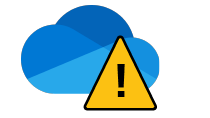
- Pause on OneDrive icon: Your files are not currently syncing.

For more about OneDrive Icons, see: What do the OneDrive icons mean? Applies To: Windows, Mac, Android, & Web https://support.microsoft.com/en-us/office/what-do-the-onedrive-icons-mean-11143026-8000-44f8-aaa9-67c985aa49b3
If Icons Disappear:
- Right-click the OneDrive cloud icon, select “Close OneDrive,” then reopen OneDrive from the Start menu (search “OneDrive”).
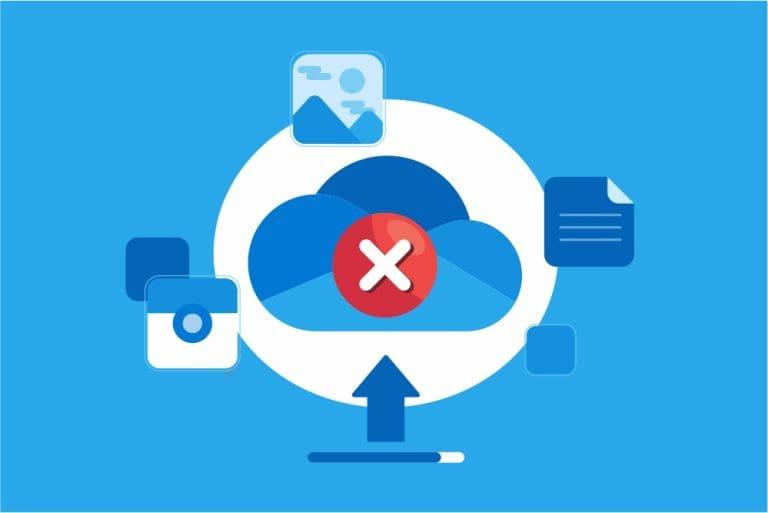
If OneDrive Isn’t Working
Try these:
- Check the Cloud Icon: If missing, open OneDrive from the Start menu.
- Ensure OneDrive is Running: Look for the cloud icon in the taskbar. If it’s not there, search “OneDrive” in the Start menu to open it.
- Restart OneDrive: Right-click the cloud icon, select “Close OneDrive,” then reopen.
- Verify Internet: OneDrive needs a connection to sync.
- Sign In Again: Use your college email and password, selecting “Work or School” account.
- Restart Computer: Fixes most issues.
- Troubleshoot issues with OneDrive
https://support.microsoft.com/en-us/office/troubleshoot-issues-with-onedrive-3db87243-ed3b-46f5-ace6-518db68429b1 - Contact IT: For ongoing problems, reach out to campus IT @email
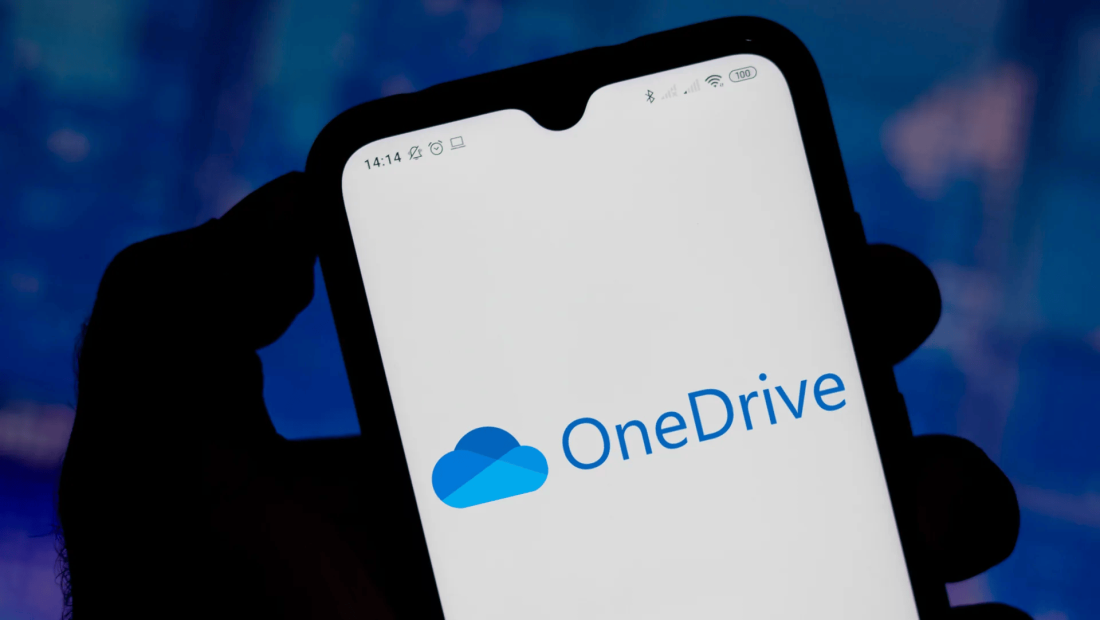
OneDrive for Mobile Devices - Get the App
https://www.microsoft.com/en-us/microsoft-365/onedrive/mobile
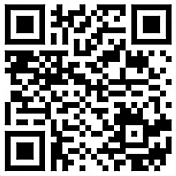
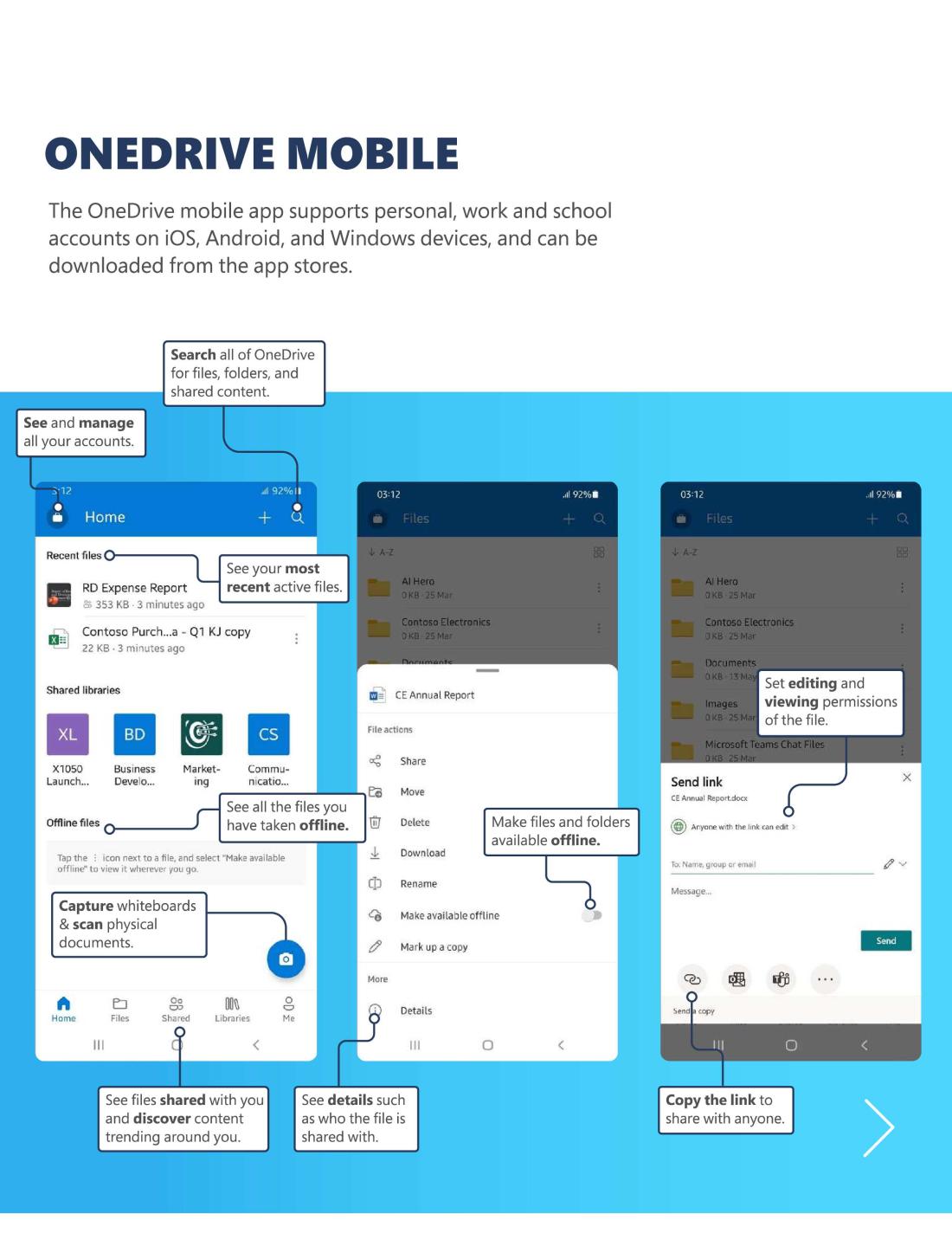
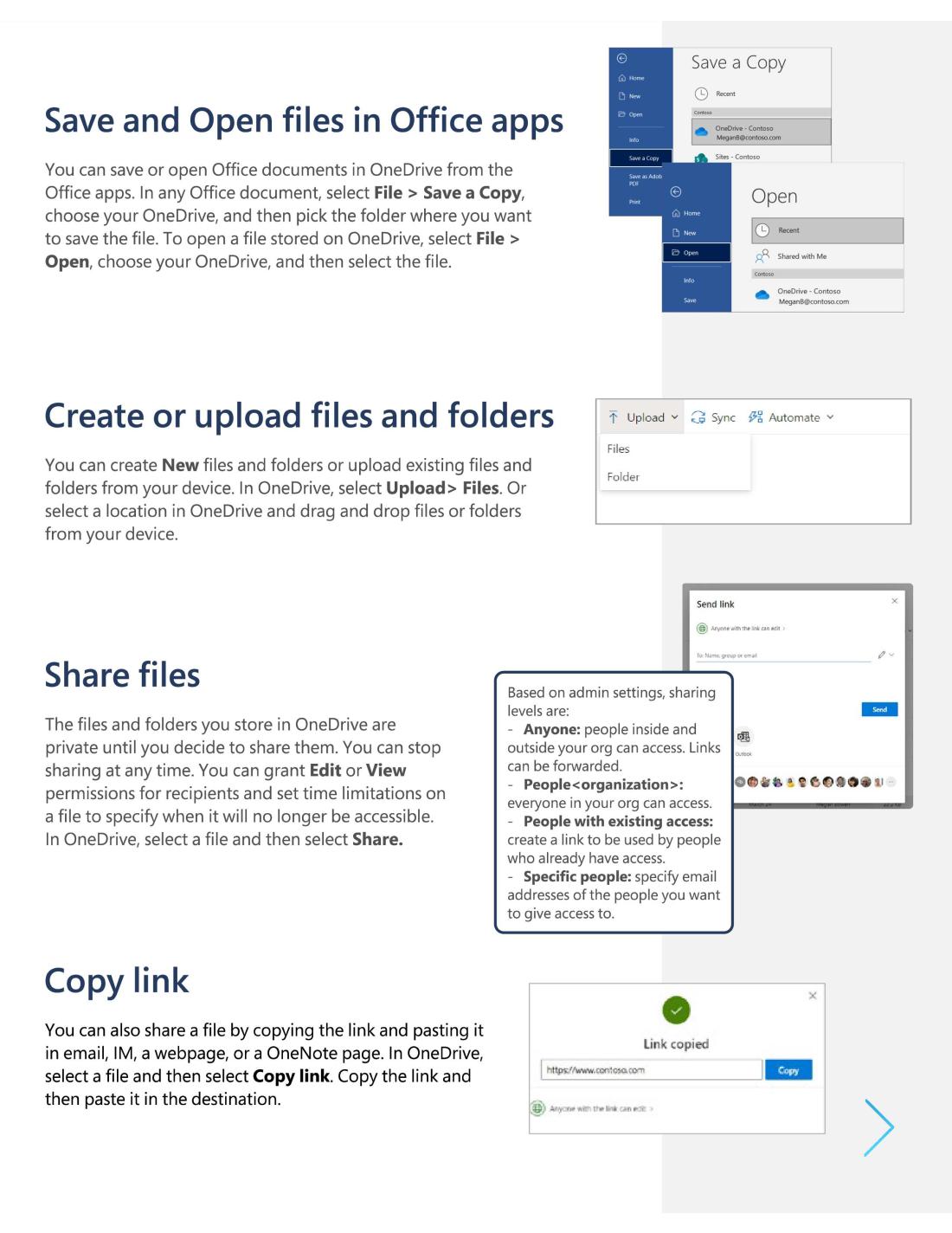
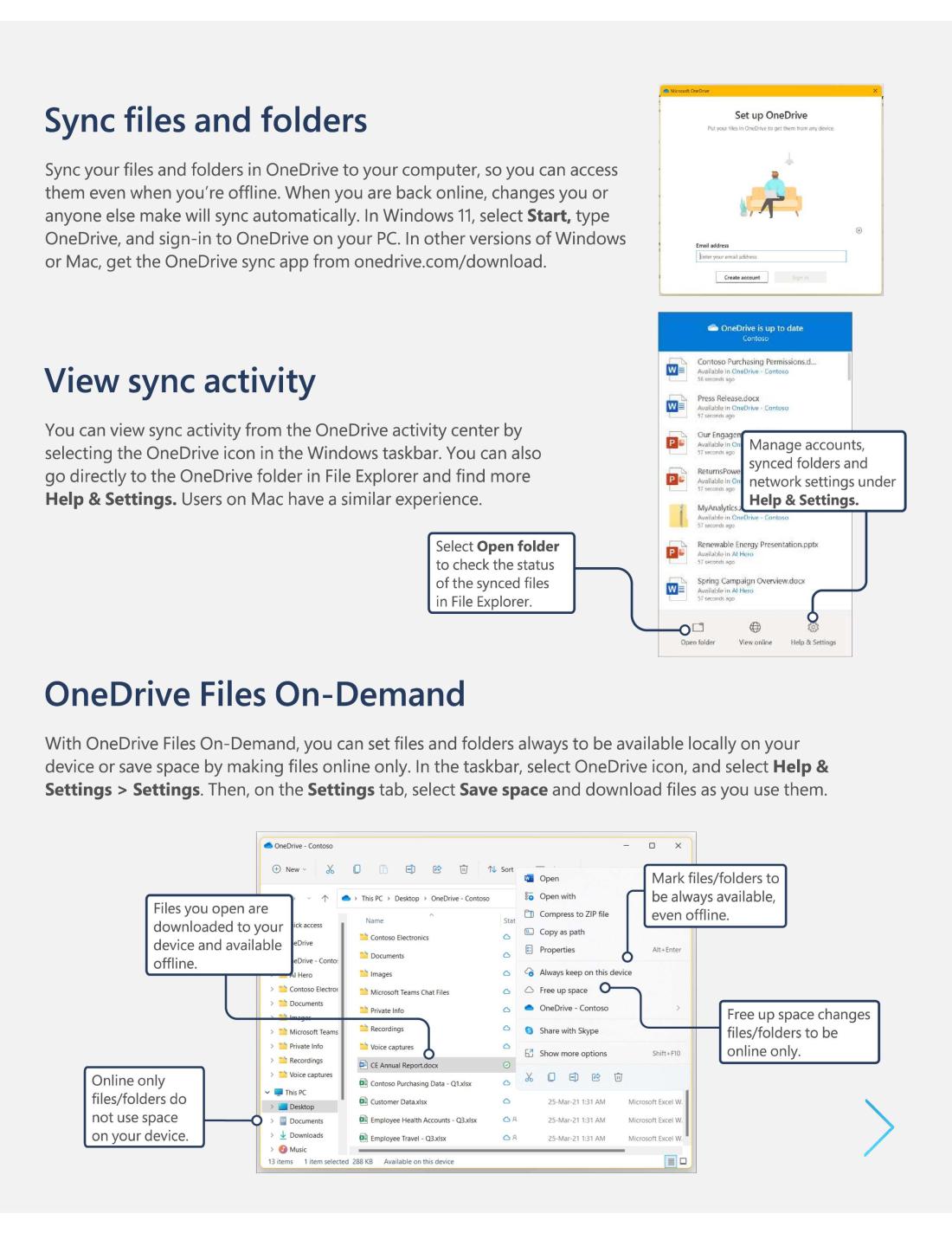
Quick Tips
- Check Storage: If OneDrive is full, delete unneeded files or stop syncing large folders.
- Secure Sharing: Share files via OneDrive instead of emailing sensitive documents.
Manual Backups: Save critical files to a USB or external drive.
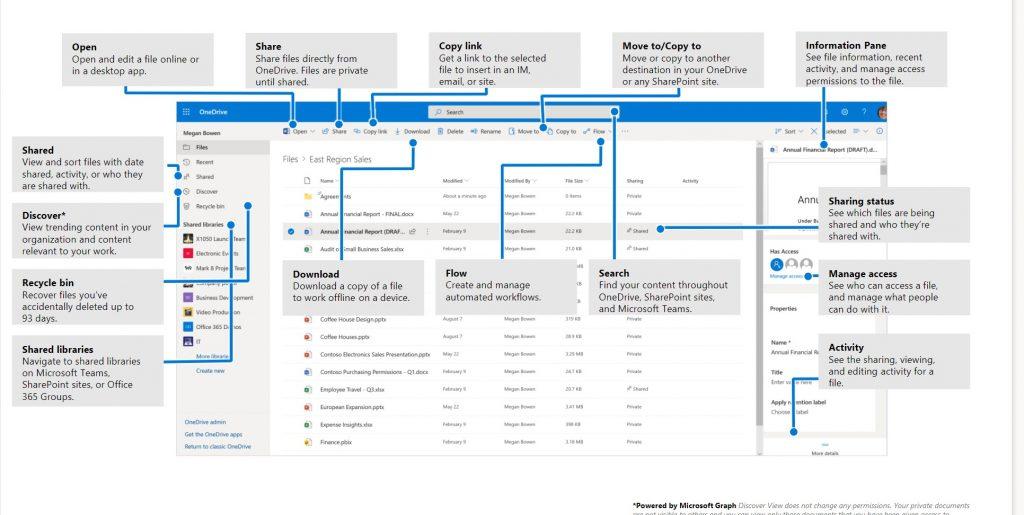
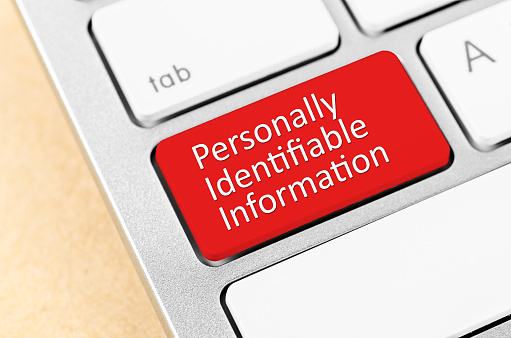
Prohibited Files & Information
Is anything prohibited on OneDrive? YES!!!
Personally Identifiable Information (PII) is not allowed in any form at any time or for any reason.
What is PII?
PII is information that can be used to identify or contact a person uniquely and reliably or can be traced back to a specific individual. PII is any of the following information:
• Person's name
• Mother's maiden name
• Driver's license number
• Bank account information
• Credit card information
• Relatives' names
• Postal address
• E-mail address
• Home or cellular telephone number
• Personal characteristics
• Social Security Number (SSN)
• Date or place of birth
• Other information that would make the individual's personal identity easily traceable
Do Not Collect or Maintain PII
Do not collect or maintain PII unless you are authorized to do so as part of your official duties. Even then, you should only collect and retain PII that is relevant and necessary for ELAC and/or LACCD functions or responsibilities.
Note: If you are required to handle PII contact your supervisor for further direction.

Additional Videos & References
Microsoft OneDrive Tutorial: All You Need to Know – Video 10:33 min
https://www.youtube.com/watch?v=qgw01w0iYjA
How OneDrive Works: the Very Basics – Video 11:48 min
https://www.youtube.com/watch?v=kc4JvqGEM-M
Create a document from OneDrive for work or school
https://support.microsoft.com/en-us/office/create-a-document-from-onedrive-for-work-or-school-4c54ddbf-e112-4165-b855-049e7dfec340
Should I save files to OneDrive or SharePoint?
https://support.microsoft.com/en-us/office/should-i-save-files-to-onedrive-or-sharepoint-d18d21a0-1f9f-4f6c-ac45-d52afa0a4a2e
Find your SharePoint and Teams files in OneDrive for work or school
https://support.microsoft.com/en-us/office/find-your-sharepoint-and-teams-files-in-onedrive-for-work-or-school-9275de7b-0b0b-40ee-8fa2-b17d1b0727d0
Sort, rename, or move photos and files in OneDrive
https://support.microsoft.com/en-us/office/sort-rename-or-move-photos-and-files-in-onedrive-01628e6d-9d2c-4298-a1f0-933e5b20a8bf
Delete files or folders in OneDrive
https://support.microsoft.com/en-us/office/delete-files-or-folders-in-onedrive-21fe345a-e488-4fa7-932b-f053c1bebe8a
How Do I Delete Files from OneDrive, but Not My Computer? – Video 7:51 min
https://www.youtube.com/watch?v=LVUDnvJHb4s
OneDrive is Not Backup – Video 8:54 min
https://www.youtube.com/watch?v=PLzX1rfgzVI
How Do I Backup Files in OneDrive? (Yes, you should.) – Video 13:47 min
https://www.youtube.com/watch?v=pLz0DWcA0jE
File Limitations in OneDrive
https://support.microsoft.com/en-us/office/restrictions-and-limitations-in-onedrive-and-sharepoint-64883a5d-228e-48f5-b3d2-eb39e07630fa#individualfilesize
Sync files with OneDrive in Windows
https://support.microsoft.com/en-us/office/sync-files-with-onedrive-in-windows-615391c4-2bd3-4aae-a42a-858262e42a49
OneDrive Spring 2025 Updates
https://techcommunity.microsoft.com/blog/onedriveblog/onedrive-personalized-intelligence-seamless-collaboration-always-on/4411621
Organize and Find Photos in OneDrive
https://support.microsoft.com/en-us/office/organize-and-find-photos-in-onedrive-6a9b0298-f504-4992-af0e-45e2f270afc9
This Simple File Management System Changed My Life! – Video 9:25 min
https://www.youtube.com/watch?v=MM-MPS57qKA
OneDrive Help & Learning
https://support.microsoft.com/en-us/onedrive